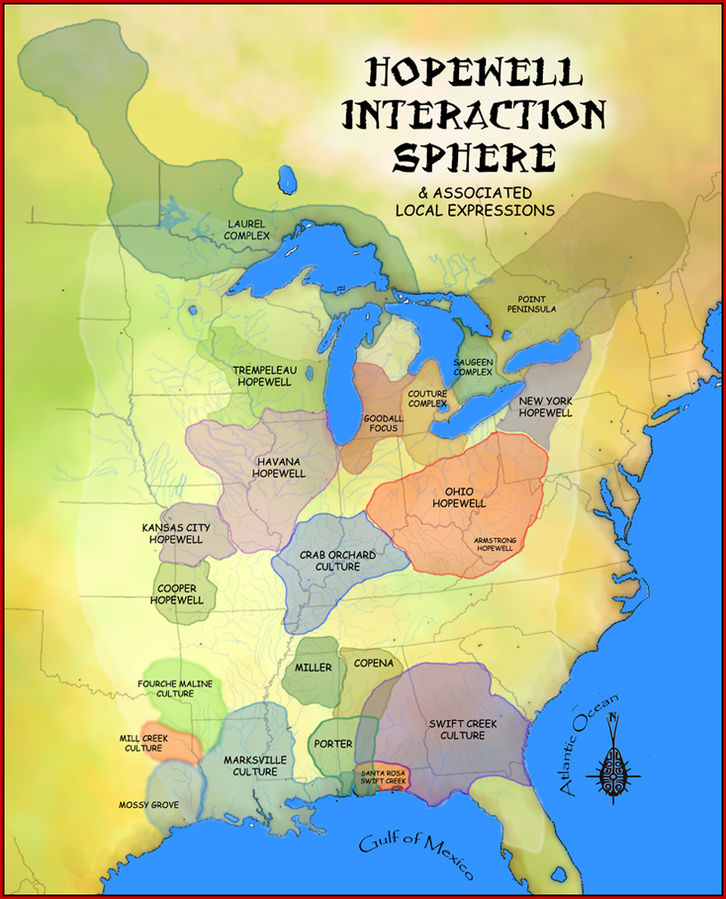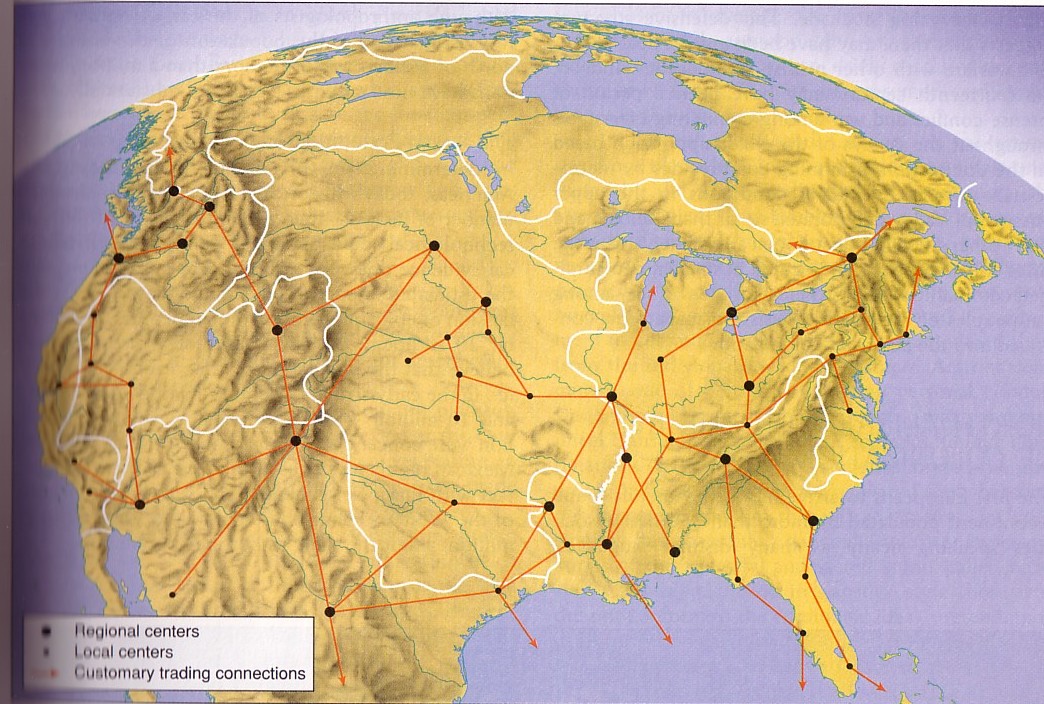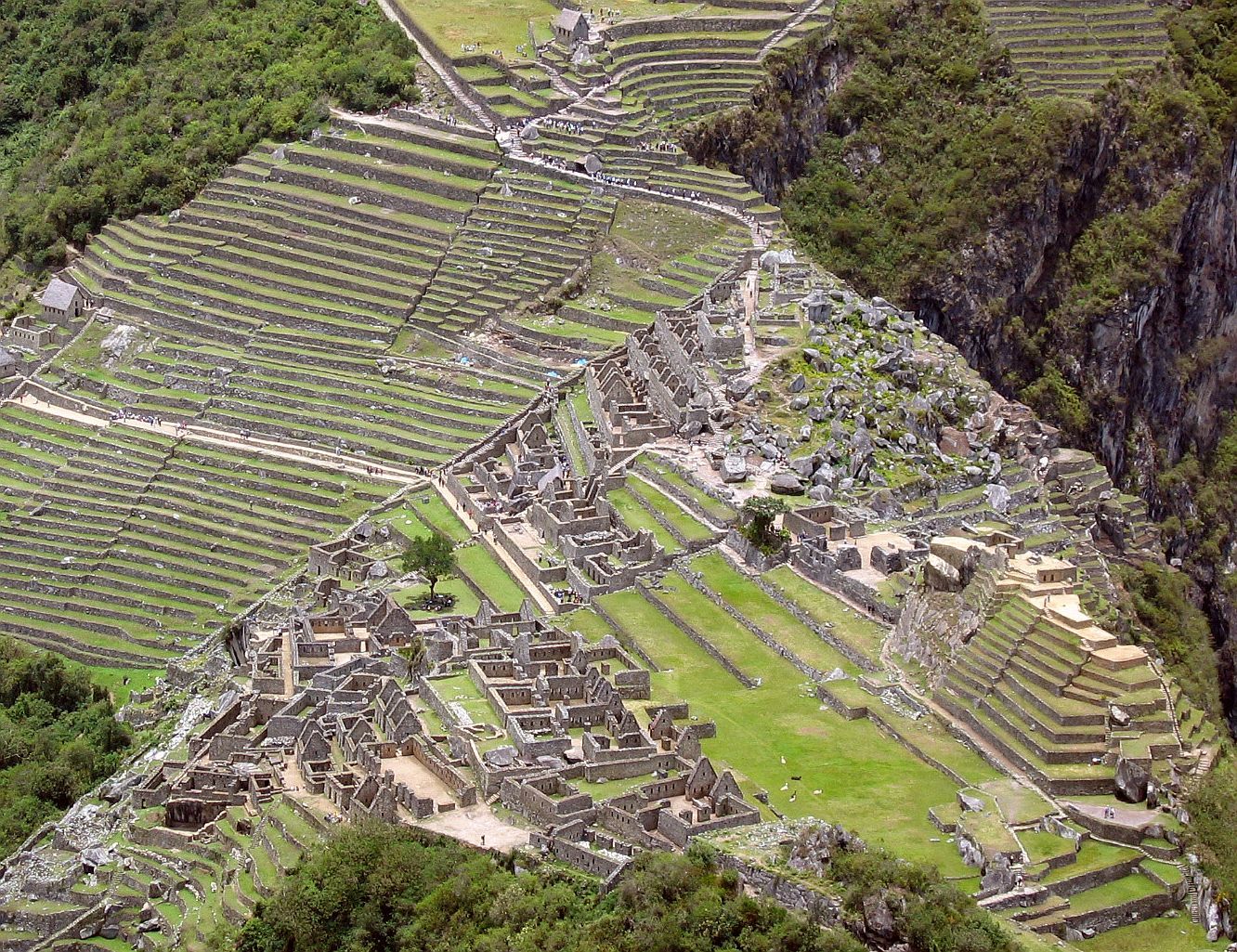History of American Indians and the United States
Plant Domestication & Cultural Change
Dr. Kane
mkane2@albany.edu Humanities 109 | MWF 9:20 - 10:15 AM
Office Hrs: M 10:20 - 11:20 & F 1:30 - 3:30
Social Science 60S
Friday, November 17
coming up
- lunch keynote
- Midterm II - Dec 1
- extra credit by Dec 1 please!
today's class
- climate change
- plant domestication & trade
- violence & inevitability
Mann, 1491
- what are the stakes of the High vs. Low Count debate?
- what are some of the issues in proving population levels one way or another?
- how does Mann explain Cortes' conquest of the Aztec?
rise and fall?
- Olmec: 1500BCE - 400BCE
- Maya: 250BCE - 950CE
- Inka: 1100CE - 1500CE
- Aztec/Mexica: 1400CE - 1520CE
- Hopewell: 200BCE - 500CE
- Mississippian: 800CE - 1600CE
MEDIVAL WARM PERIOD AND THE LITTLE ICE AGE
- Medival Warm Period: 950CE - 1250CE
- Little Ice Age: 1250CE - 1800CE
- climate change affects political change
- widespread droughts, wildfires, flooding, and cool summers
- global nadir circa 1600 - 1650

Southeastern Ceremonial Complex/Mississippian Ideological Interaction Sphere
- aka "Southeastern Death Cult" & "Buzzard Death Cult"
- widespread circulation of luxury, prestige or ceremonial goods: copper, obsidian, feathers, turquoise, people
- 1300-1400: breakdown of continental exchange networks, rise of regional variations
- spread of maize & Maya cultural influence?


domestication of maize

domestication of maize
- ~10000 years ago in Guatamala, wild ancestor is not edible
- 4-5 x as many calories and volume of food per acre (monoculture vs polyculture agriculture and nitrogen renewal)
- lower maternal and child mortality rates
- domestication is weird and difficult
- slow spread in North America 2100BCE - 900CE


ecological management
- landscape management by fire - plant growth and ecological development
- "park-like" and edenic landscapes
- development of North American "wilderness" a product of Native population collapse
- rotation of village and farm sites
- blended horticulture and foraging
